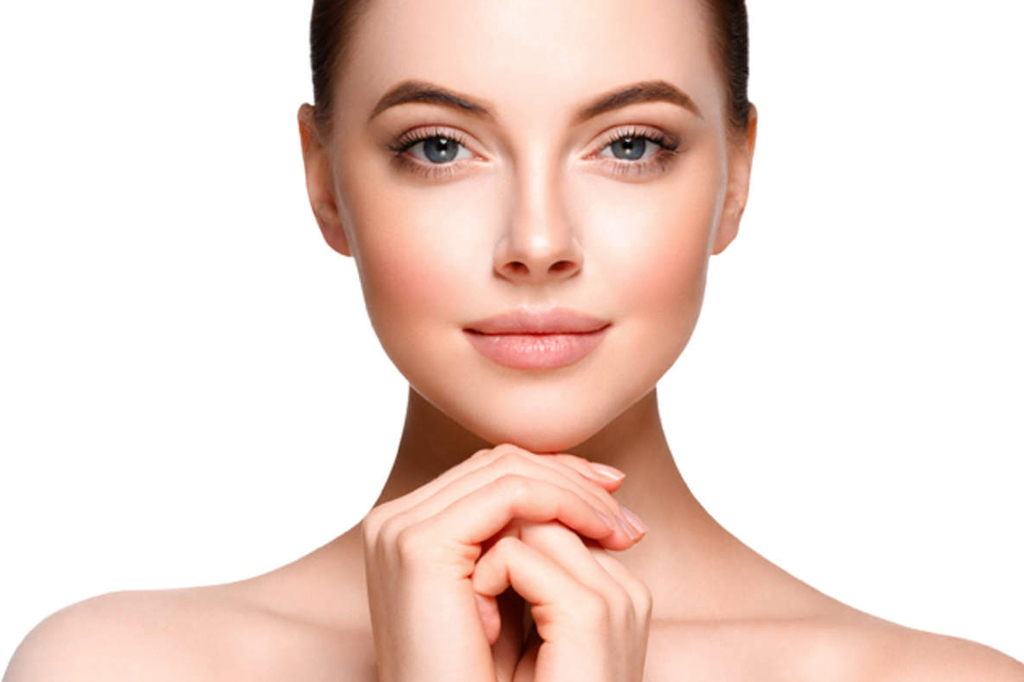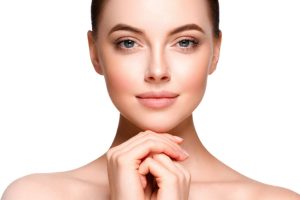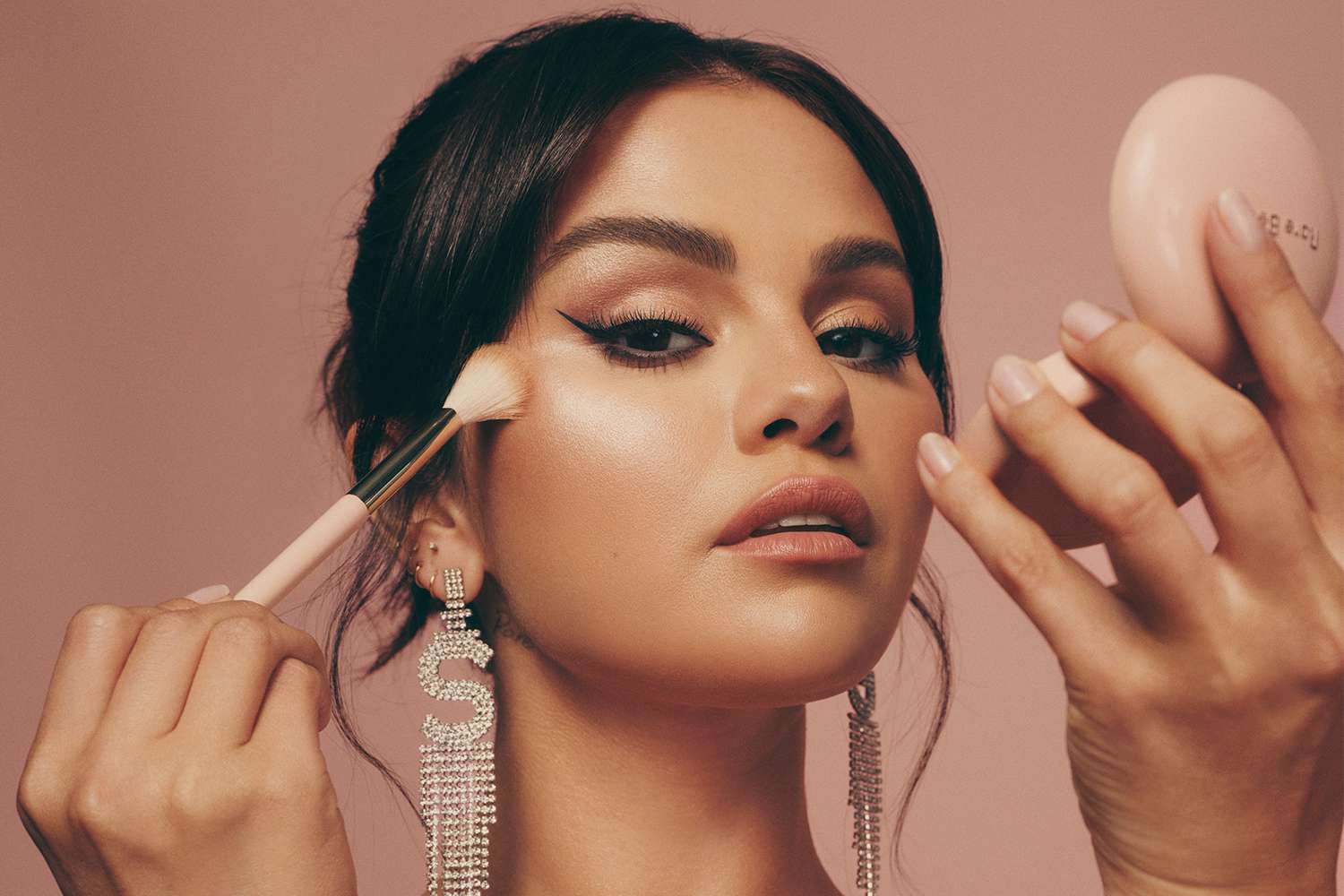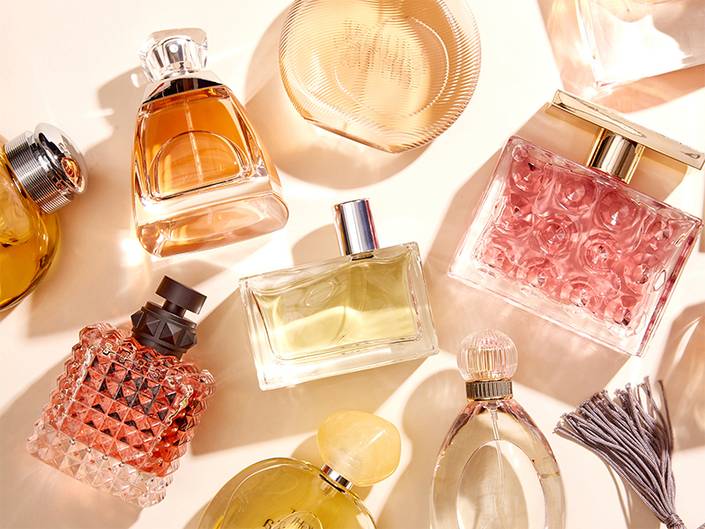
The Evolution of Beauty Standards Through Time
As humans, we have always been fascinated with beauty. From ancient times to the contemporary era, beauty has been a subject of great interest and has influenced societies across the globe. But the concept of beauty, as we know it today, has undergone a significant evolution over the years.

When I look back at ancient civilizations, such as the Egyptians and Greeks, I am struck by how beauty was defined by different standards compared to today. In ancient Egypt, for example, a full figure with a rounded tummy was considered ideal for women, as it was a symbol of wealth and fertility. The Greeks, on the other hand, idolized the ideal of physical perfection, with well-sculpted bodies, chiseled features, and balanced proportions. These ancient standards have played a profound role in shaping our perception of beauty, albeit in a profoundly different way.
Moving forward in time, during the Renaissance period, plumpness was associated with beauty and wealth. Artists depicted fuller figures, with rounded faces and voluptuous bodies, in their paintings and sculptures. This was a symbol of prosperity and good health, as it suggested that one could afford an abundance of food. It is interesting to note how different the perception of beauty was during this era, compared to our modern obsession with slimness.
The Victorian era brought yet another shift in beauty standards. Pale skin, accentuated by rosy cheeks, was considered the epitome of beauty for both men and women. This was a stark contrast to the tanned skin that is often idolized today. The pursuit of fair skin led to the invention of numerous beauty products, such as powders and creams, to achieve the desired look. Women would even use arsenic-laced cosmetics to achieve the desired paleness, often at the expense of their health.
As we move closer to modern times, the 20th century brought significant changes to beauty ideals. The 1920s, known as the “Flapper” era, saw a rebellion against traditional beauty standards in favor of a more androgynous look. Women embraced short haircuts, boyish figures, and a more liberated and independent mindset. This era marked a shift towards a more inclusive perception of beauty, where individuality and confidence became key factors.
The mid-20th century ushered in a new era defined by Hollywood glamour. Stars like Marilyn Monroe and Audrey Hepburn became icons of beauty, with their hourglass figures and charming personalities. This era emphasized femininity, with defined waists, voluptuous curves, and a polished appearance. However, it is essential to note that these standards were often unattainable for the majority of the population, as they were heavily based on genetic predisposition and often required corsets or surgery.
In recent years, we have seen a gradual shift towards celebrating diversity and inclusivity in beauty standards. This is undoubtedly a positive change, as it allows individuals to embrace and celebrate their unique features. With the rise of social media and body positivity movements, beauty is no longer confined to traditional stereotypes. We now have a greater appreciation for different body types, skin tones, and personal styles.
It is essential to acknowledge that beauty standards are still far from perfect and often influenced by societal pressures and unrealistic expectations. However, the evolution of beauty standards throughout history showcases our ever-changing perception of beauty and the progress we have made in redefining it.
As I reflect on the evolution of beauty standards, I am reminded that true beauty cannot be confined to a set of rigid standards. Beauty is subjective, personal, and ever-changing. It is about embracing our unique qualities, both inside and out, and celebrating the diversity that makes us all so wonderfully different. In understanding the evolution of beauty standards, we must strive to cultivate a culture that values self-acceptance and empowers individuals to define their own standards of beauty.



